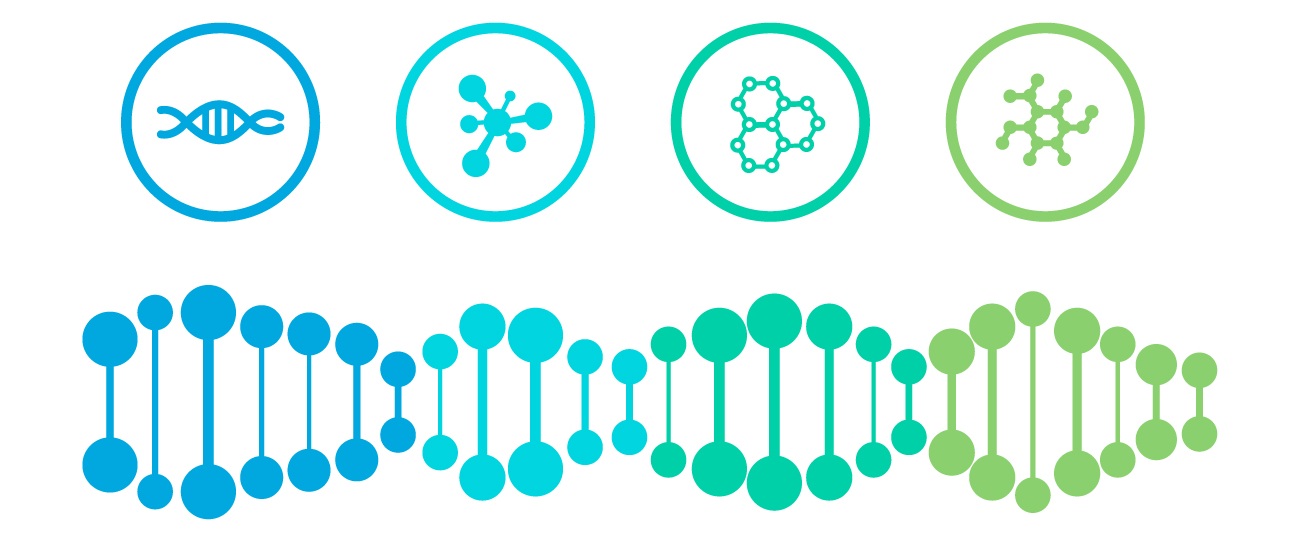What is Whole Genome Sequencing?
Whole Genome Sequencing (WGS) is the most comprehensive genetic analysis method that maps all genetic information in an organism’s DNA. This technology allows individuals to understand their genetic heritage, identify disease risks, and develop personalized health solutions.
Using next-generation sequencing (NGS) technology, WGS provides highly accurate data and is considered a revolutionary tool in genetic research.
While standard genetic tests analyze only specific gene regions, WGS examines your entire DNA sequence, creating a unique genetic profile.

WGS is not only crucial for clinical applications but also serves as a valuable resource for research and personal genetic analysis. Used in medicine, biotechnology, agriculture, and forensic sciences, this method provides groundbreaking solutions for both individuals and researchers. Whether it’s creating personalized treatment plans for healthcare professionals, enhancing efficiency in agriculture and livestock, or understanding evolutionary biology, WGS is an indispensable tool.
Our Whole Genome Sequencing service is conducted with the latest technology in our reliable laboratories. From sample collection to result reporting, we maintain the highest quality standards.
Health, Research, and Personalized Genetic Solutions

All Your Questions Answered About Our WGS Service!

✔️ Detection of Genetic Disorders: Helps in identifying rare genetic diseases.
✔️ Cancer Genetics: Used for sequencing tumor genomes to analyze cancer’s genetic profile.
✔️ Ancestry and Evolution Studies: Examines individuals’ ancestry and genetic heritage.
✔️ Agriculture and Livestock: Enhances the genetic traits of plants and animals.
✔️ Microbial Genomics: Analyzes bacterial and viral genomes to combat infectious diseases.
✔️ Human Genome Analysis: Used for medical and research purposes.
✔️ Animal Genomes: Suitable for domestic animals, livestock, and laboratory organisms.
✔️ Plant Genomes: Essential for agriculture and biotechnology research.
✔️ Microorganisms: Sequencing bacterial, viral, and fungal genomes helps in infection control and biotechnological applications.
1. Sample Reception: When an extracted DNA sample or raw biological material arrives at our lab, it undergoes quality control.
2. Library Preparation: DNA is processed to be ready for sequencing.
3. Sequencing Process: The entire genome is sequenced using next-generation sequencing (NGS) technology.
4. Bioinformatics Analysis: Raw data is filtered, mapped, and analyzed for possible mutations.
5. Results Delivery: Data is provided in specified formats along with analysis reports. This process usually takes 2 to 6 weeks, depending on the sample type and analysis scope.
✔️ FASTQ: Raw sequencing data
✔️ BAM: Mapped genome data
✔️ VCF: Variant (mutation) analysis file Additionally, bioinformatics analysis reports and interpreted genetic data can be provided upon request.
🧬DNA Samples: Minimum 50 ng DNA is recommended, OD260/280 ratio should be 1.8–2.0.
🩸 Blood Samples: At least 2 mL of blood in EDTA tubes is required.
☘️ Tissue Samples: Frozen or FFPE (Formalin-Fixed, Paraffin-Embedded) tissue is accepted.
Let’s Talk…
